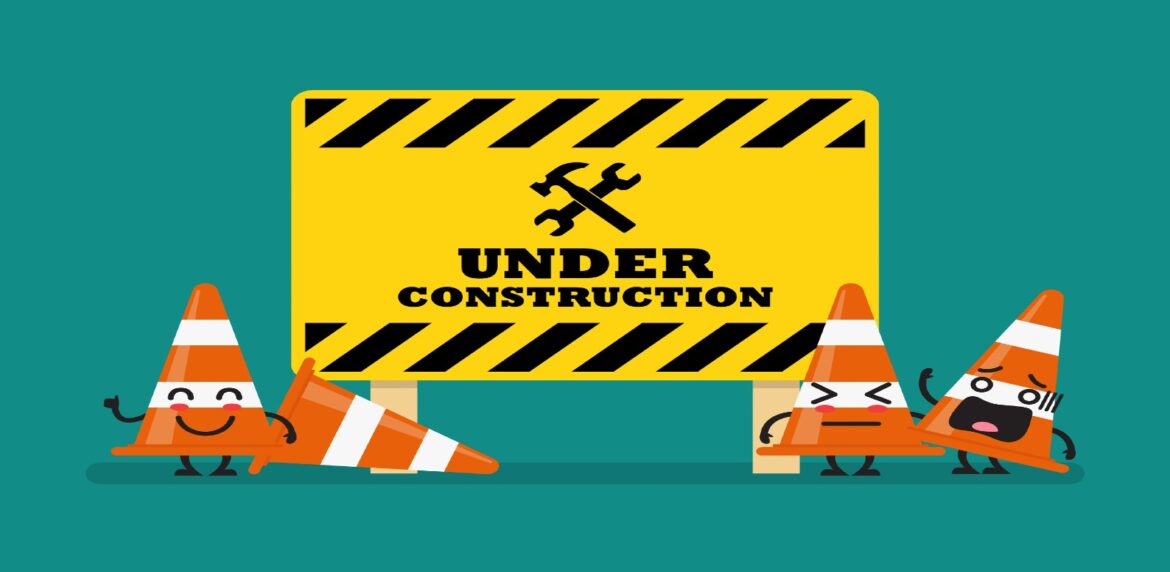
It’s important to fully understand what you’re paying for and what you actually need. It is especially important to think about not just your immediate needs, but also the long-term functionality requirements you’ll want access to. In this post, we’ll walk you through some of these more technical considerations to ensure that you’re getting the most out of your website design.
Looking to build out some of the more technical aspects of your site? Reach out to us today!
How Complex Does Your Website Need to Be?
- A website for a large institution that requires both customer-facing and internal-facing arms
- Websites that accept donations also tend to be more complicated
The more complex the website is, the more expensive it tends to be. The same is true of highly customized websites. Most organizations are just fine using templates or generic layouts as a starting point, but if you want something more customized, it will cost you.
Are There Any Third-Party Integrations?
You can also link your CRM to your website to seamlessly integrate data between the two. Both of those are examples of third-party integrations, and they are extremely helpful in a variety of different situations. Having this functionality will also add additional costs to your website design and monthly costs.
What Are Your Security Requirements?
These days, it is fairly standard for all websites to have an SSL certification, which guarantees the website’s safety; however, the costs vary greatly depending on the degree of security you need. SSL certifications are generally an annual cost, and your website designers or whoever hosts your website can help you purchase the right one for your needs.
What Level of Permissions Do You Need?
- For staff:grant the ability to access and edit certain aspects of the website, like adding blog posts, but not fundamentally change the website itself or take it offline.
- For managers: ability to create and remove users; publish new pages; and access and edit content in a way similar to general.
- For administrators: manage all website content, to include fundamentally changing the website; access and edit content; create and remove users.
Allowing different levels of permissions is another added cost. This might seem simple, but when you’re working on a custom website, everything needs to be built from the ground up, so it’s important to think long-term from the beginning.
Further reading and resources: